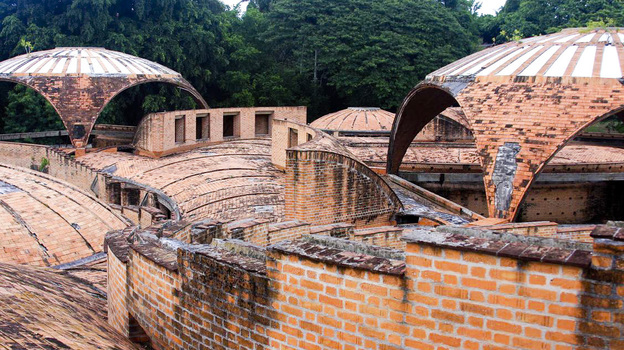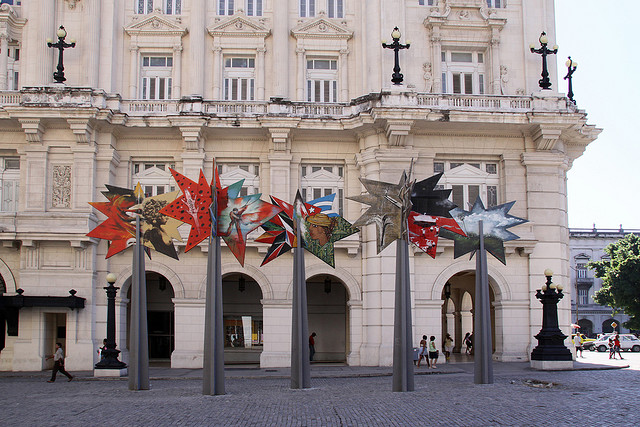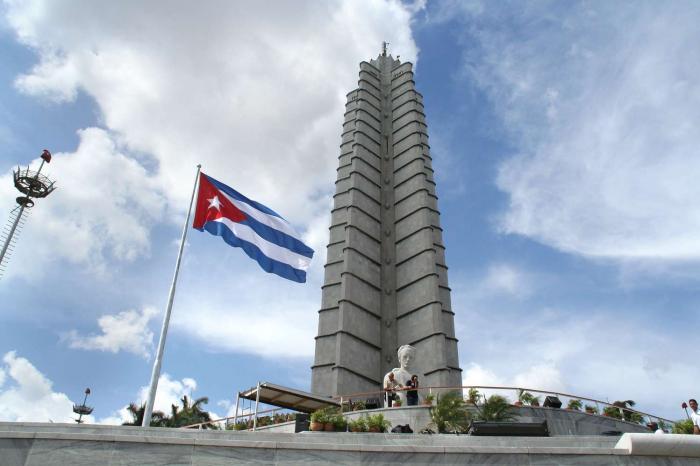Some towns and cities around the world try to hype their “unique” architectural features in an attempt to lure visitors, such as the Big Pineapple, a 53 feet tall pineapple located on Australia’s Sunshine Coast. While some people might find the Big Pineapple and similar feats of design to be interesting, it’s not as though Big Ben or the Eiffel tower will be worried about losing the spotlight. Some places in the world have truly unique buildings and monuments that are breathtakingly beautiful, and yet don’t receive so much global attention. They’re not internationally recognized symbols of a city, nor are they blatant tourist traps. Havana in Cuba isn’t so well known for its buildings, and yet the whole city is a fascinating mixture of Spanish colonial style buildings sitting side by side with austere communist era constructions. So what are some of the must see examples of Havana architecture you should visit when spending time in the Cuban capital?
1. National Art Schools (Municipality Playa, Havana)
Founded by revolutionary heroes Che Guevara and Fidel Castro in 1961, the National Art Schools of Cuba (Escuelas Nacionales de Arte) were designed to be a place of culture and innovation where the success of Cuba’s fledging independence could be continued with artistic endeavours. Built on the site of a former country club incorporating a sprawling golf course, the five schools (Modern Dance, Plastic Arts, Dramatic Art, Music and Ballet) were constructed in a style that was seen to embody the spirit of the revolution, resulting in functional, minimalist red brick buildings featuring extensive usage of Catalan Domes. The country was undergoing such a rapid social change that the agreed upon design had fallen out of style by 1965, leaving only three of the five schools finished. The schools were succeeded by the Instituto Superior de Arte in 1976 and fell into a state of disrepair, although they still retain their beauty.
2. Russian Embassy (Quinta Avenida, Havana)

You can see buildings from the 1970’s in any place in the world, but there are few places where such an original building was conceived and constructed during this era. The Russian Embassy in Havana (or the Soviet Embassy, as it was known upon opening) is a true curiosity. Located in the upmarket district of Miramar, the embassy was finished in 1987 and is a severe rectangular tower that shows the importance of the relationship between Havana and Moscow at the time. The tower looks decidedly out of place when compared to the rest of the city – it would look more at home in a science fiction movie depicting a dystopian future. It’s strange to see such a cold building in such a tropical paradise.
3. Bacardi Building (261 Avenida de Bélgica, Havana)
When wandering around Havana’s old town, you’ll be spoiled for choice when it comes to admiring beautiful buildings. It’s difficult to miss what is essentially a centre point for the city, the former global HQ for Bacardi Rum. This art deco building with a bell tower was completed in 1930 and was the largest building in the city at the time of its inauguration. The Bacardi company was opposed to the Cuban revolution and perhaps saw that their operations would soon be incompatible with the nations government. In the late 1950’s, the Bacardi family began moving their operations, trademarks and assets offshore, so when the Cuban government seized all their local assets in 1960, Bacardi wasn’t as compromised as other corporations. The Bacardi group departed Cuba shortly afterwards, involuntarily vacating their gorgeous building, which is now perhaps the most beautiful office building on earth.
4. The National Museum of Fine Arts of Havana ( San Rafael, e/Zulueta y Monserrate, Havana)
The Museo Nacional de Bellas Artes de La Habana is made up of two buildings, each with distinctive charms. The Palace of Fine Arts (Palacio de Bellas Artes) houses Cuban arts within a fairly corporate looking rectangular building. Beauty is in the eye of the beholder, but it’s a valid argument that all the beauty of the Palace of Fine Arts is located inside. The real treat is the nearby building that houses the international collection, the Palace of the Asturian Center, (Palacio del Centro Asturiano). This amazingly ornate palace was constructed in 1927 and was originally a private members club. The building was seized during the revolution and briefly served as a court of law before being incorporated into the National Museum of Fine Arts.
5. José Martí Memorial (Plaza de la Revolución, Havana)
Cuba is proud of its national heroes and nowhere is this pride more evident than the Monumento a José Martí, completed in 1958. The 358 foot tower is designed to resemble a star, albeit a star made of marble, with five points. There’s a museum in the base of the tower, but the real appeal is going to the top and taking in the view of the city. Be sure to buy your ticket from the official booth, since conmen have been known to approach visitors as they climb the stairs to the buildings entry, telling them that they need to pay a fee before they go inside. You might notice that the main international airport is also named after José Martí.
Have you ever been in these places? Please share your experience with us!



